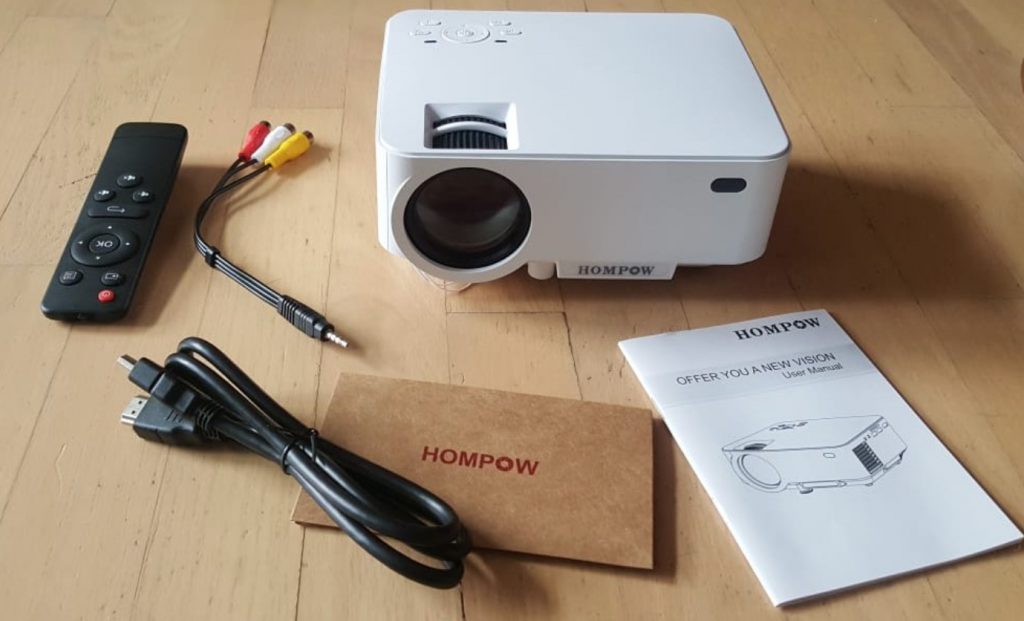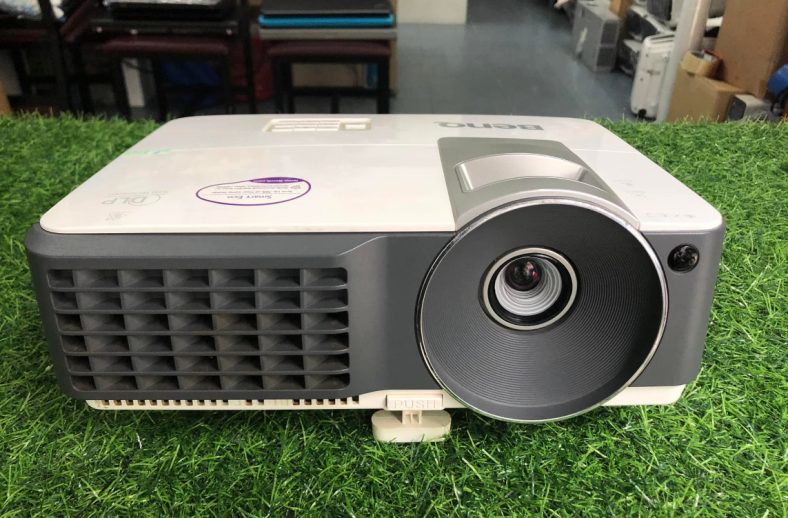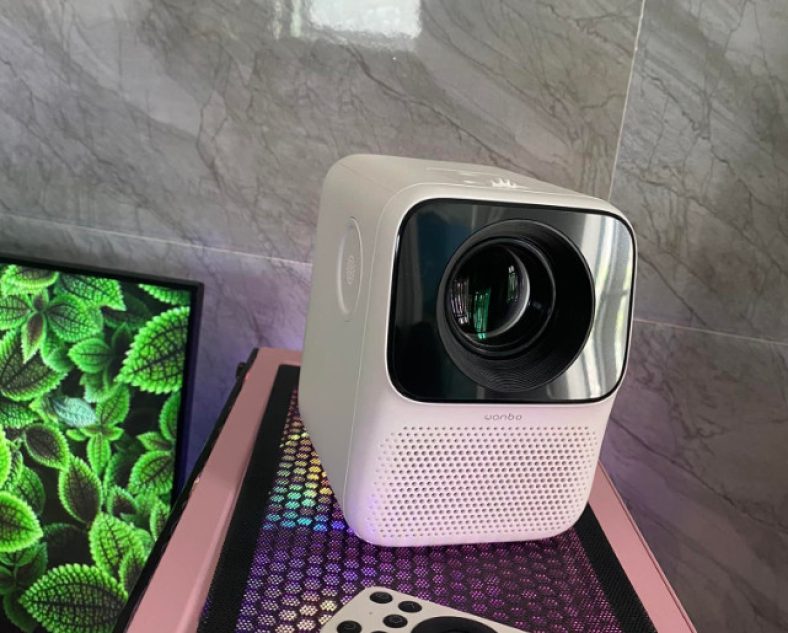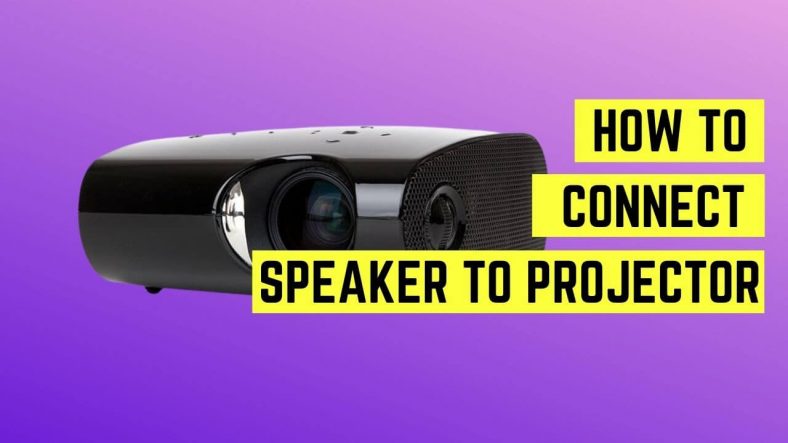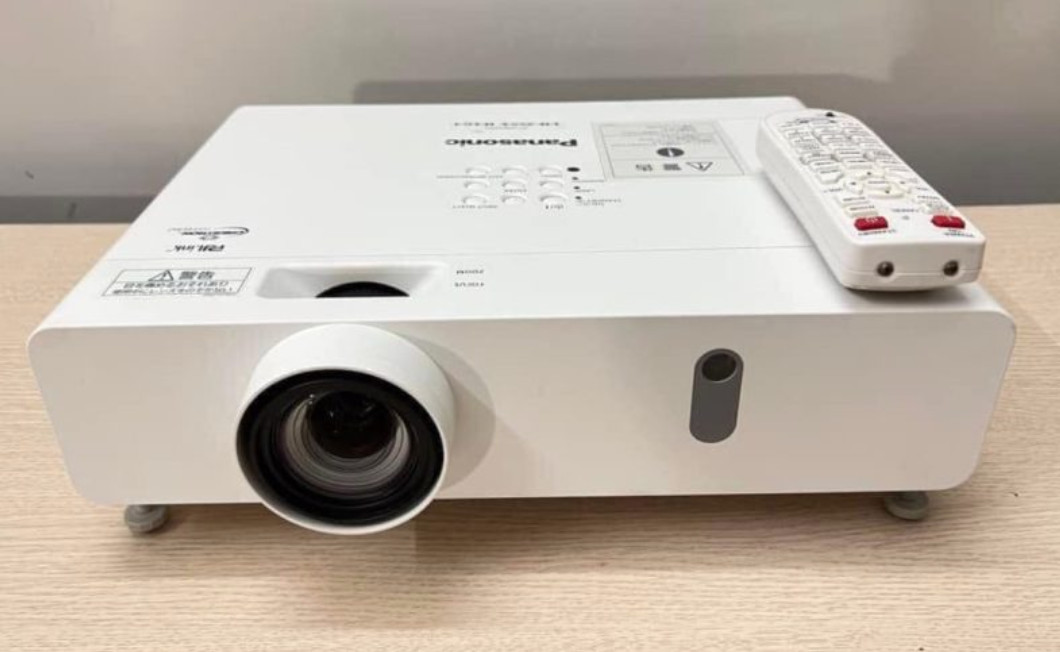
What is Projector Lens Shift? 5 Things you need to know
The lens shift is a great feature on the projectors that give you more convenience and flexibility in the usage process. Thanks to the lens shift, you can save a lot of time and effort in setting up projectors.
But what is projector lens shift? How to use the lens shift on your projector? The beginners may not understand the function of this special component.
Thankfully, this post contains all the information you need about the lens shift.
You can better understand this item and learn to use it effectively based on the instructions provided.
Table of Contents
What Is Projector Lens Shift?
Lens shift is a feature that allows users to move their lens left and right or horizontally within the device to get a better viewing angle, with a straight-edge image and uniform focus.
When buying projectors, you may not pay much attention to the lens shift, but it helps you square off the image without using keystone correction.
With this feature, you can adjust the lens position in different angles and directions using a joystick or dial without worrying about the loss of image resolution.
Types Of Lens Shift
There are multiple projector lens shifts (vertical, horizontal, and variable movement). Vertical shifts allow you to move your lens up and down, while the horizontal shifts move your lens left and right.
The vertical shifts are generally more common, but there are also projectors that offer both types.
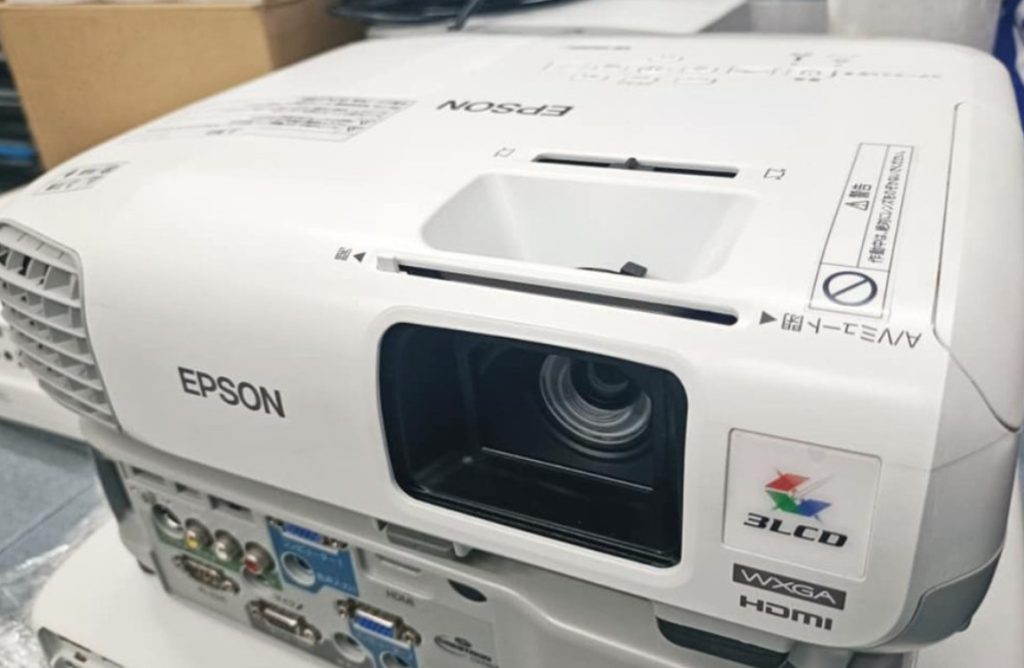
Projectors With Len Shifts
We will start with the vertical shifts first. On the projectors with this feature, you can change the offset with the offset range on the device.
The motorized shift automatically pauses when moving in this range, called the neutral point. Then it will adjust the range up and down with the neutral point as the center.
There are a lot of variations in the projector range. But they don’t matter much unless you want to position the projector on one end of the range.
You can install the projectors on the ceiling mount easier even with small lens shifts. On projectors with both vertical and horizontal shifts, you can move the image in all directions without swiveling the device.
For example, with a 100 inches image frame width, the shift can move up to 40 inches between the extremes. Furthermore, the horizontal and vertical shifts also interact with each other.
They give you an increasingly smaller vertical range when you approach the horizontal extreme and vice versa.
Is Lens Shift Important?
The lens shift function does matter if you value image quality and comfort in the usage process. It allows you to point the projector directly at the scene without using the keystone correction, which has major disadvantages.
The first drawback is that the keystone correction may reduce the brightness of the projected images. It maps the pixels in the pictures in only some parts of the imaging chip, while the light from the other parts doesn’t show on the screen.
The final result is less light and lower image quality. In rooms with a lot of ambient light, you need a high lumen rate to avoid image blur and distortion. Dimmer pictures will be affected significantly by the ambient light.
Another problem is the unwanted artifacts created in the remapping process. The number of pixels matches the image resolution at the original resolution rate.
When remapping, the pixels are reduced in number and lead to tiny black spaces and artifacts on the projected screen. Using the lens shift, you can easily avoid these issues and adjust the image quality.
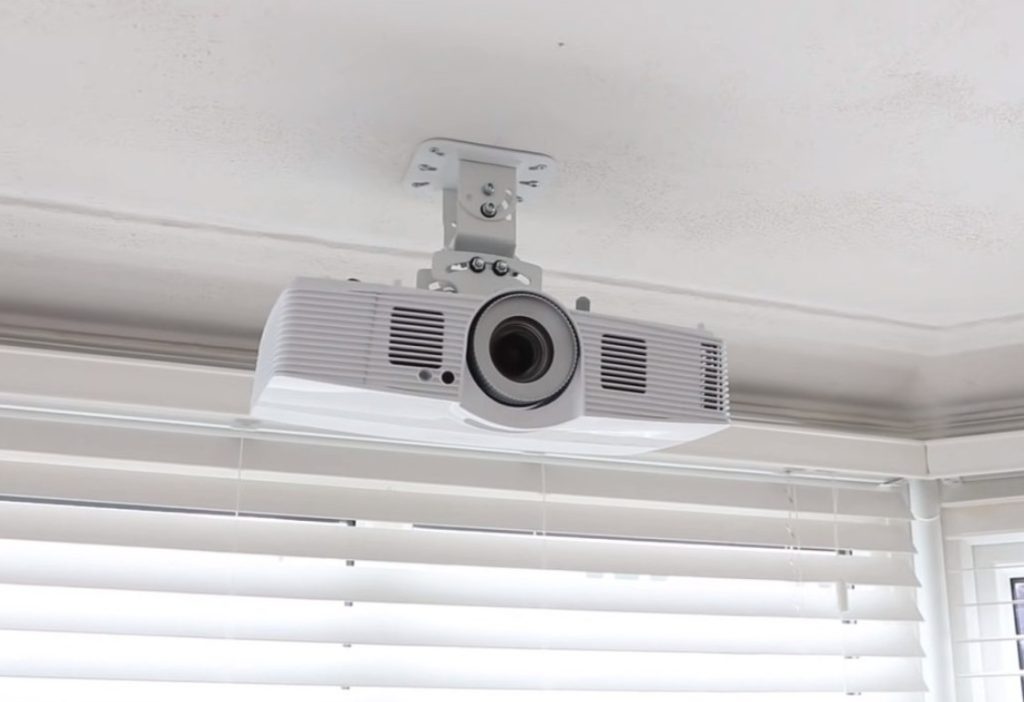
Benefits Of Lens Shift
The lens shift function allows you to adjust the projector’s lens up or down physically, left or right easily, without changing the device position. It can also fix the uneven images that are off from the center.
Related: How To Clean Projector Lens?
Keystone Correction Vs. Lens Shift
Both features allow you to adjust the shape and location of the images projected on the screen without repositioning the projector. Projectors are equipped with keystone correction, but only modern and high-end devices have lens shifts.
Although they serve the same function, these two features work differently. The keystone correction (or Digital Keystone Correction) compresses and converts the pixels, which causes unwanted artifacts and reduced brightness.
Meanwhile, you won’t encounter these problems when using the lens shift, making it a superior option to change the image location on projectors. If you mount the projector on the ceiling, reaching it takes time and effort.
On modern devices, you can shift the lens using a remote; there’s no need to touch the projector. Therefore it brings much more convenience and a better viewing experience than traditional keystone correction.
Related: What is DLP Projector?
How To Adjust The Projector Using The Lens Shift?
Here is the simple instruction to adjust the image position using the lens shift if you can not place the device directly in front of the projection display.
First, turn on your projector and cast any image or video. Look for the lens button on the device or remote. If you can’t find it, try viewing the owner’s manual.
After some presses, the capture “Adjust Lens Shift” will appear on its screen. Use the arrow buttons on the remote or projector to adjust the image according to your preferences and needs.
You cannot reach the maximum value in both vertical and horizontal angles. When finished, press the ESC button on the remote and exit the settings.
When changing the image position, a simple key is to always put it lower than your desired position and move it. In this way, the image won’t move down after adjustment.
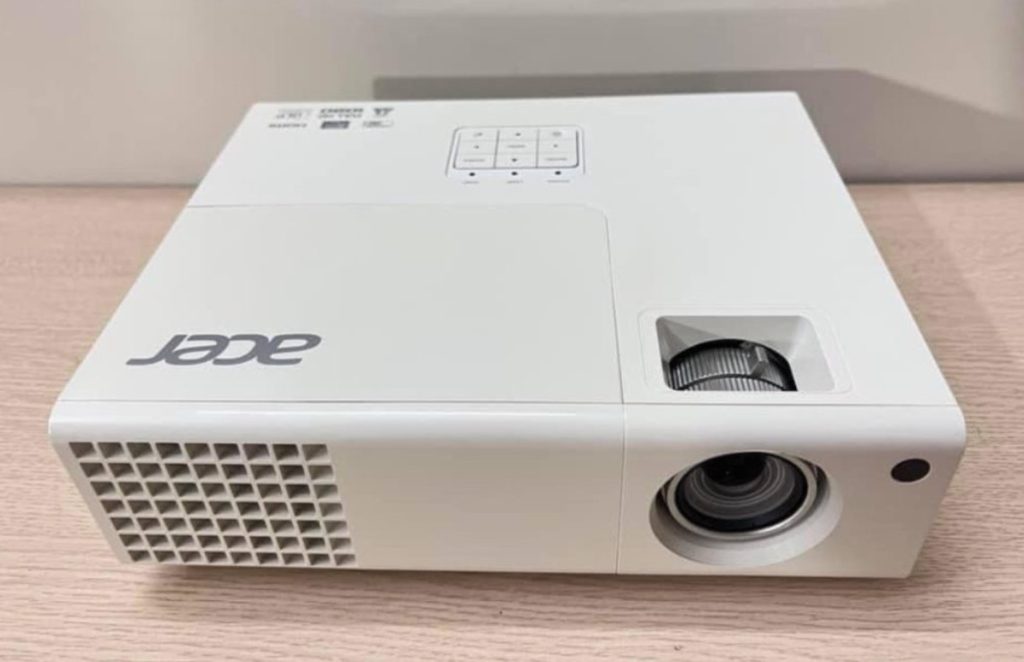
Final Thoughts
Lens shift is a great feature that you should consider when looking for a high-quality projector. We hope that the information provided in this post can satisfy you. Thank you for reading!

